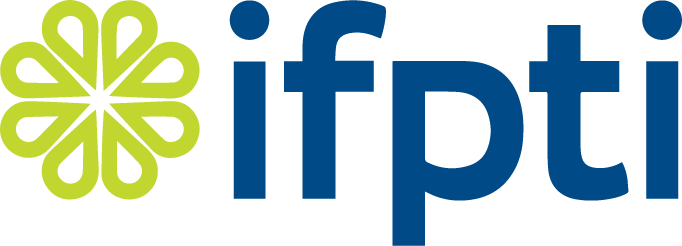IFSS Human and Animal Food Laboratory NCS
Entry Core
Chain of Custody
Description: Documentation that chronologically details sample collection through disposition to support traceability, sample integrity, and sample security.
Topic Areas:
-
Description: The role of chain of custody in maintaining evidentiary integrity.
Terminal Competency:
Explain the purpose of chain of custody.
Enabling Competencies:
Describe the elements of a chain of custody.
Explain how chain of custody is used.
Discuss the benefits of using chain of custody.
Discuss the impacts of not using chain of custody.
To see a set of behavioral anchors, which provide further detail about the enabling competencies and can be used for assessment against the enabling competencies, contact IFPTI
-
Description: The methods used to establish and maintain chain of custody.
Terminal Competency:
Describe how integrity is maintained.
Enabling Competencies:
Discuss records to establish chain of custody.
Discuss the assessment of sample integrity records.
Discuss how sample security is maintained.
To see a set of behavioral anchors, which provide further detail about the enabling competencies and can be used for assessment against the enabling competencies, contact IFPTI.
Learning Resources:
Coming Soon
Assessments:
Coming soon
